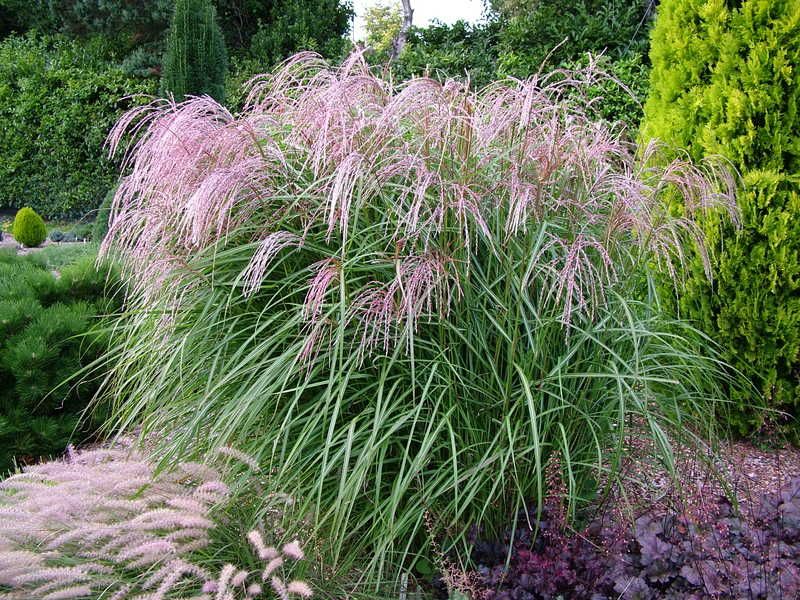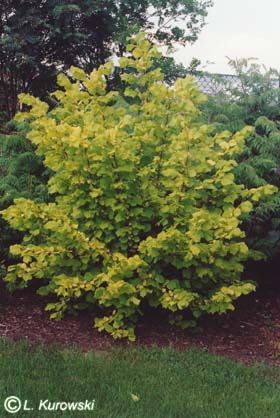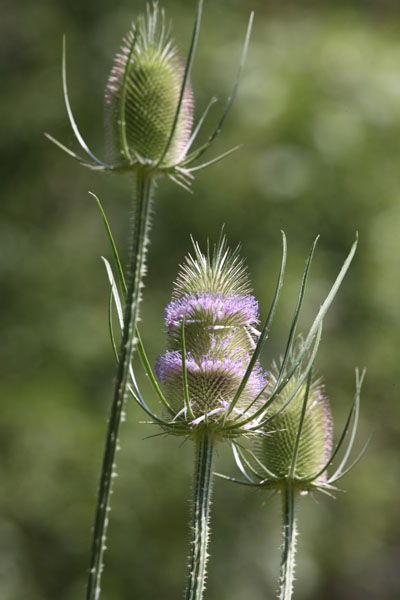ha ha, it's not what you think - it's not for us, it's for wildlife!
Save money and attract a range of birds to your garden with plants that produce the seeds they love to eat*
The best way to attract birds into your garden is to prodide food for them - but with a 6 kg bag of sunflower hearts costing about £15, and similar size seed mixeds from £5 to £12, it's easy to spend more than £25 a month.
The solution is to grow your own. Many garden plants provide seed free and, by choosing the right combination, you can help a variety of seed-eaters, such as finches, tits, sparrows and siskins, through the winter.
Plants that have easy-to-access or plentiful seeds mean that birds don't have to waste energy looking for food, and the birds will also add interest to a winter garden. Teasels and ornamental thistles are also a low-energy alternative to importing nyjer seed from India and Africa to feed goldfinches.
So start planting now, and remember to leave seed heads standing for as long as possible through the winter.
 |
| Miscanthus sinensis 'flamingo' - a beautiful it is too! |
Leave the seed heads of the striking ornamental grass standing until March for greenfinches and goldfinches to feed on when other seed heads may have been dispersed by wind or freezing temperatures.
A graceful grass, with pink flowers that change to buff in midsummer, it prefers open sunny positions and moist but well-drained soil. Alternatively try panicum grasses, especially varieties of P.virgatum, which provide lots of winter seed (1.5m high x 1m spread (5' x 3'))
Attracts: greenfinches and goldfinches.
Plant: from late February, once the soil has warmed up.
 Hazel (Corlyius avellana)
Hazel (Corlyius avellana)An excllent wildlife plant for smaller gardens, usually grown as a multi-stemmed shrub. The tough, woody shell of the small nuts protects the nutritious seed inside, but strong-billed birds such as nuthatches can hammer holes in the shell or break it into pieces to get at the nut inside.
Copes with shade, but does not suit acidic or waterlogged soils. (5 x 5m (16' x 16'), slow growing)
Attracts: woodpeckers, nuthatches, jays, wood pigeons.
Plant: from February/March as bare-root or potted shrub.
Teasel (Dipsacus fullonum)
 Making statuesque border lants, the tawny seed heads of this biennial provide structure in the winter garden and a natural source of food for agile goldfinches. They contain thousands of small oblong seeds wich these birds can prise out from between the spines with their relatively slim beaks, while clinging on to the stiff stalks even in strong wind. The purple and bright green flower heads are a summer bonus.
Making statuesque border lants, the tawny seed heads of this biennial provide structure in the winter garden and a natural source of food for agile goldfinches. They contain thousands of small oblong seeds wich these birds can prise out from between the spines with their relatively slim beaks, while clinging on to the stiff stalks even in strong wind. The purple and bright green flower heads are a summer bonus. Teasels will grow in most soil types but self-seed freely, so be prepared to weed out unwanted plants. (1.8m x 50cm (6' x 20")
Attracts: goldfinches
Sow: February.
 Globe thistle (Echinops ritro)
Globe thistle (Echinops ritro)Globe-shaped flower heads produce brown seeds inside each spiky calyx that finches find easy to pick off. The steel-blue flowers are also popular with insects in summer.
Prefers full sun and a well-drained soil. (1.2m x 50cm (4' x 20")
Attracts: finches
Plant: from late February once the soil has warmed up or sow seed outside in April/May.
 Silver birch (Betula pendula)
Silver birch (Betula pendula)This fast-growing native tree supports more than 300 different insect species. The catkins go on to produce layers of tiny seeds, encased in papery wings, after flowering.
It prefers open, well-drained sites. The white, peeling bark and trailing delicate limbs are a decorative bonus in winter gardens. (8m x 3m (26' x 10')
Attracts: tits, goldfinches, greenfinches, siskins, redpolls.
Plant: February or March, as a potted or bare-root tree.
Flowers of thistles produce masses of seeds that are a favourite with finches. This perennial with big, sword-shaped leaves displays its blooms on upright stems from June to September. Plant it in a sunny well-drained site - it's easier to handle than most thistles. Leave the last flush of flowers to set seed for the birds. (1.5m x 50cm (4' x 20")
Attracts: finches, dunnocks.
Plant: from late February, once the soil has warmed up.
 Sunflower (Hellanthus annuus)
Sunflower (Hellanthus annuus)Packed tightly in the centre of the annual sunflower, the large striped 'seeds' are in fact a type of dry fruit called an achene, each containing a single seed. As soon as they ripen in autumn, many birds will feast on the oil-rich hearts and discard the husks.
Grown in a well-watered, sunny position, these plants can reach a height of 3m (10') in a season. (1.5-3.5m x up to 24cm (5'-12' x up to 10")
Attracts: blue tits, great tits, chaffinches, goldfinches, house sparrows, siskins, greenfinches.
Sow: February to March under cover, or direct into the soil in April
To this list I would add sedums which always seem very popular, and The Wildlife Trusts are always help with this sort of information: http://www.wildlifetrusts.org/ - and of course not forgetting the Royal Society for the Protection of Birds: http://www.rspb.org.uk/supporting/join/?gclid=CKHN3P3ukrUCFePHtAodWiUA6Q
See also:
http://www.garden-seat.co.uk/townandcountrygardener/encouraging-garden-birds-and-wildlife/; http://www.almanac.com/content/shrubs-and-trees-birds
http://www.thegardenersguild.co.uk/Plants_birds_are_attracted_to.html
* from an article by Anne Gatti in The Telegraph Gardening supplement

No comments:
Post a Comment